Cosentinoworks presents a collection of site-specific works by Daniel Cosentino, a New Jersey-based multimedia artist, conceptual artist, visual artist, educator, and writer. These projects—created through a combination of sculpture, large format photography, and installation art—reflect Cosentino’s deep engagement with memory, materiality, and place. Works such as Stairs to Nowhere, Totem Domum, Hammer, and Cedars of Lebanon are hybrid forms: at once physical interventions in the landscape and conceptual studies rendered through camera and process. Using a 4x5-inch large format camera and traditional darkroom development, Cosentino captures installations that exist in specific environments—suburban parks, wooded clearings, institutional ruins—and translates them into richly symbolic images. The works blur boundaries between land art, conceptual photography, and performance-based sculpture, drawing attention to structures both seen and hidden. Stairs to Nowhere constructs a usable staircase to nothing in forested land beyond the property boundary, offering an absurdist meditation on aspiration and ruin. Totem Domum reclaims a suburban tree as a gilded altar to domestic mythologies. Each piece invokes themes of erasure, transformation, and ritual, tied through Cosentino’s signature use of material contrast, spatial awareness, and symbolic form. This gallery resonates across Cosentino’s larger body of work, which includes series like Hands, Standing Box, and Pieces of Me, Pieces of You. His role as an educator, lecturer, and writer further supports a reflective and critical approach to contemporary artmaking. Cosentino’s editorial platforms—Latent Views and Equine Magistrate—extend these inquiries into cultural and philosophical territory. Cosentinoworks invites you to explore this intersection of form, land, and thought, where New Jersey conceptual art meets timeless questions of presence and perception.
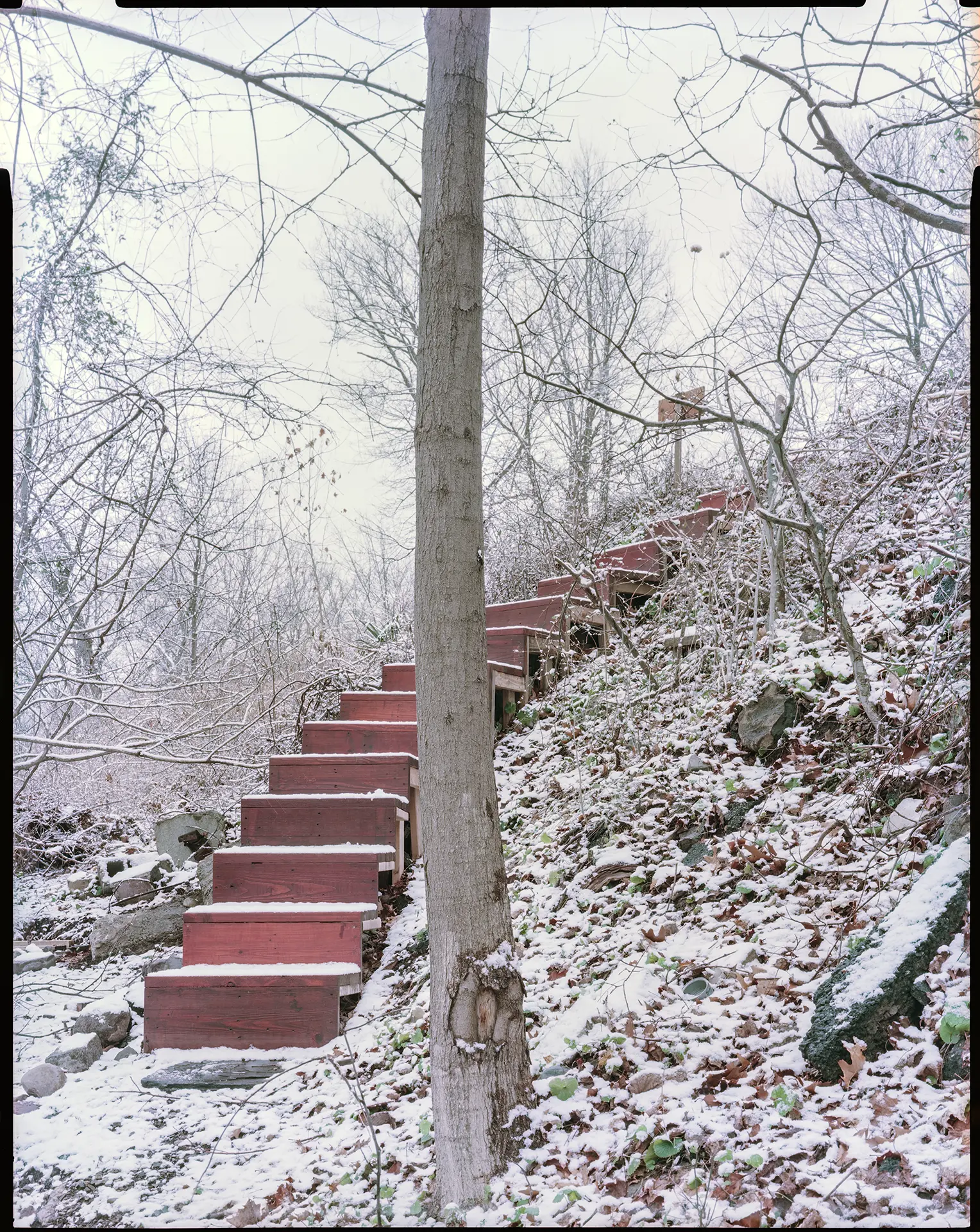
Stairs to Nowhere captures a moment of necessity and reflection. Built during the pandemic on my family homestead in Lincoln Park, NJ, the staircase, constructed from repurposed pallet wood, bridges the human and natural world as it descends into a forest ravine overlooking Great Piece Meadows. Functioning as both a pathway and a symbol of resilience, it holds traces of its origins—oxygen canisters used in medical facilities—and transforms them into a shared space of connection. The accompanying photograph, developed on-site using analog processes, documents this temporal and physical intersection of utility and memory.
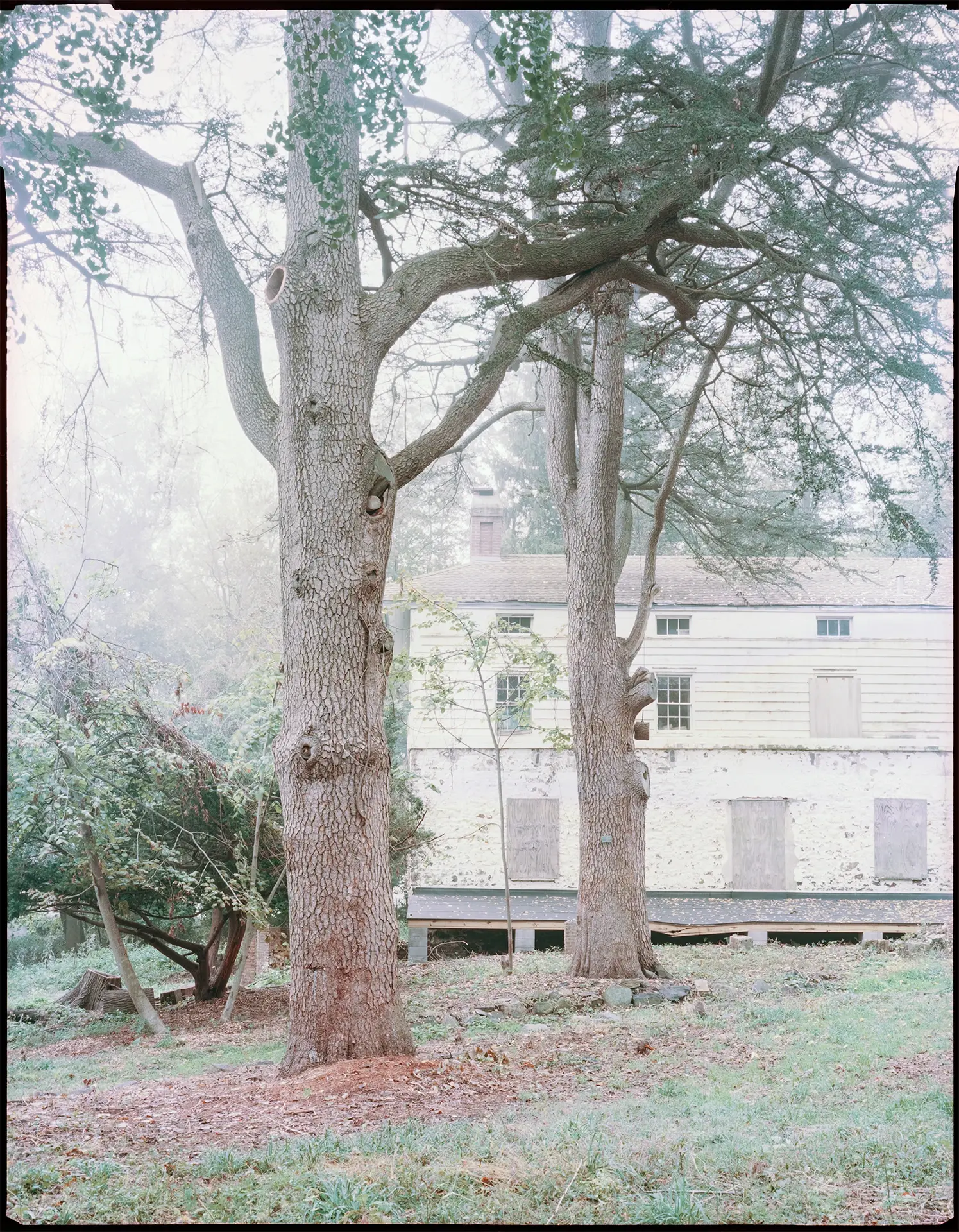
Cedars of Lebanon is a photograph from the original homestead of Frederick Law Olmsted on Staten Island, NYC. I became observant of “cedars” in culture and their presence in literature, the humanities, and the arts. This led me to take pilgrimages, seeking specific sites of representation. I found these in relative obscurity, often hidden in plain sight. This work ties Olmsted’s connection to the earth and built environments to the idea of the latent image, where meanings buried within the land and its history emerge through observation and representation.
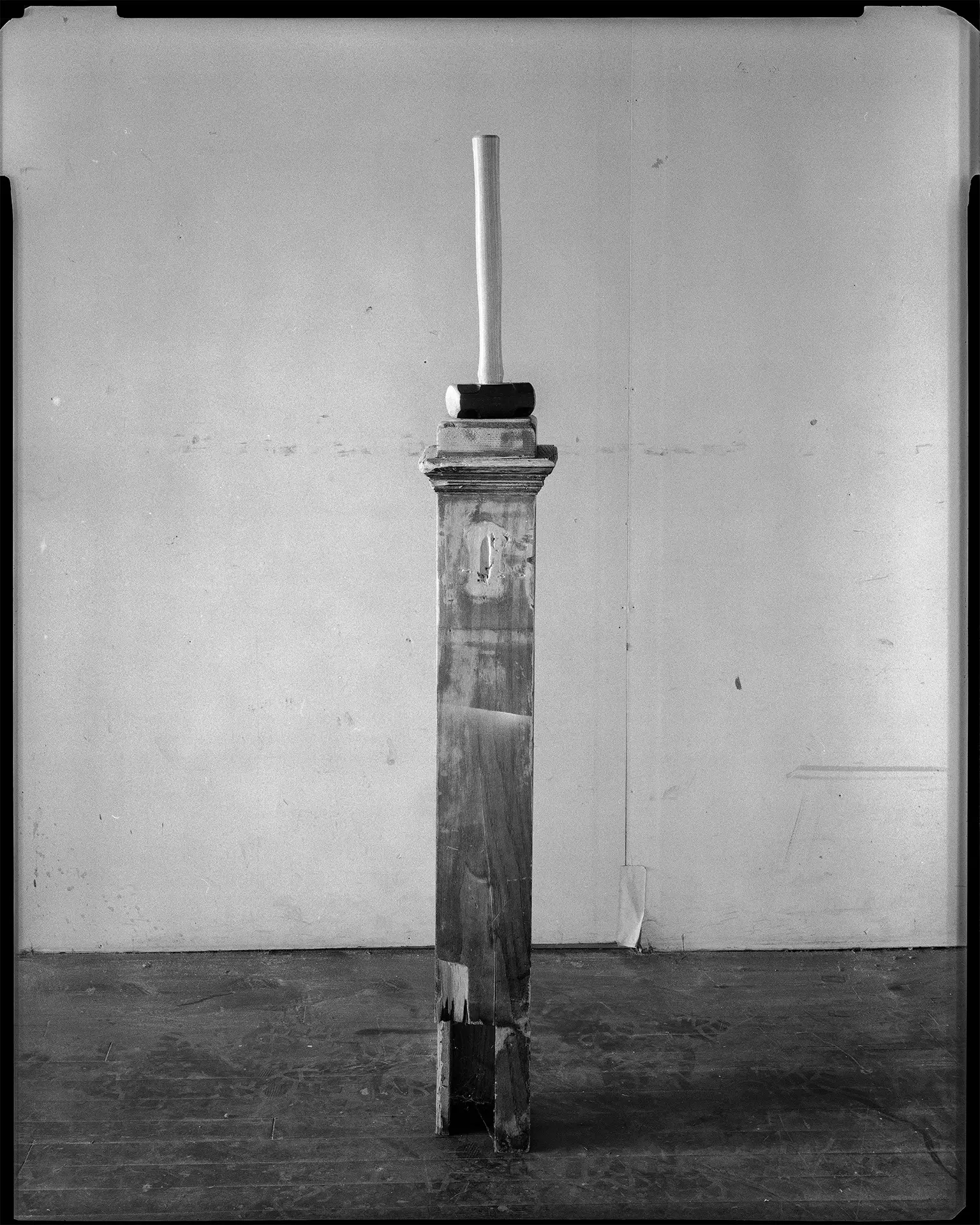
Hammer emerged during a formative period in my practice while I worked in my studio at the Hungerford Building along the train tracks in Rochester, NY. The studio was a place of intense growth and revisioning. In creating Hammer, I reflected on the act of making itself, investigating how materials, whether salvaged or fabricated, carry their own histories and narratives. This period challenged me to think about the studio not just as a workspace but as a dynamic site for connection—between myself and the objects I worked with, between the tools of labor and the ideas they could generate. Hammer represents this dialogue, a synthesis of exploration and intention, rooted in the tactile and conceptual possibilities of creation.
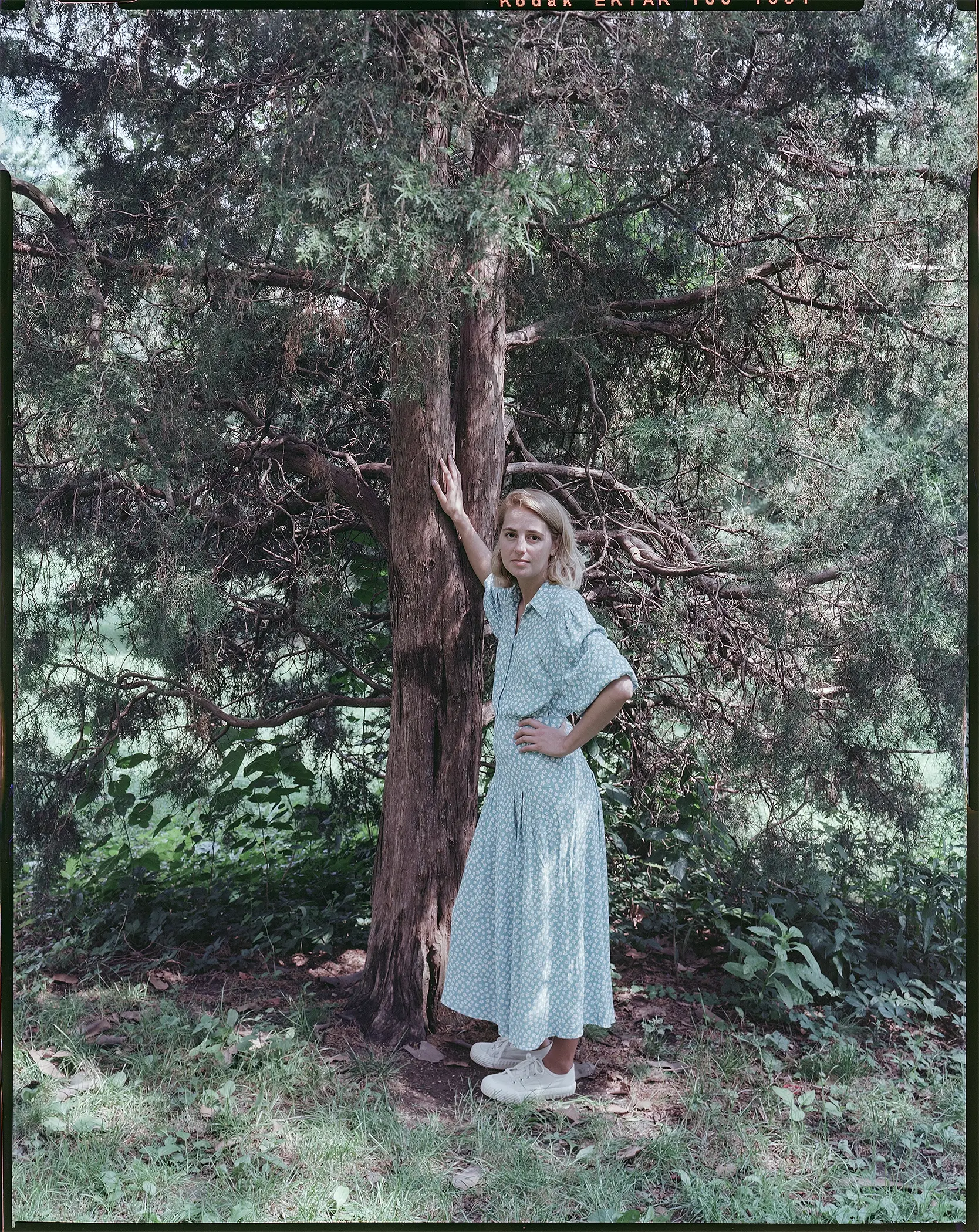
Brigita is a portrait of an artist on Cedar Hill, behind the Metropolitan Museum of Art in Central Park. The photograph captures both the individual and the place, yet it is removed from its immediate context, allowing it to exist outside of time. Cedar Hill, a natural landmark within the constructed environment of the park, becomes both a backdrop and a central element, holding latent connections to history and meaning.
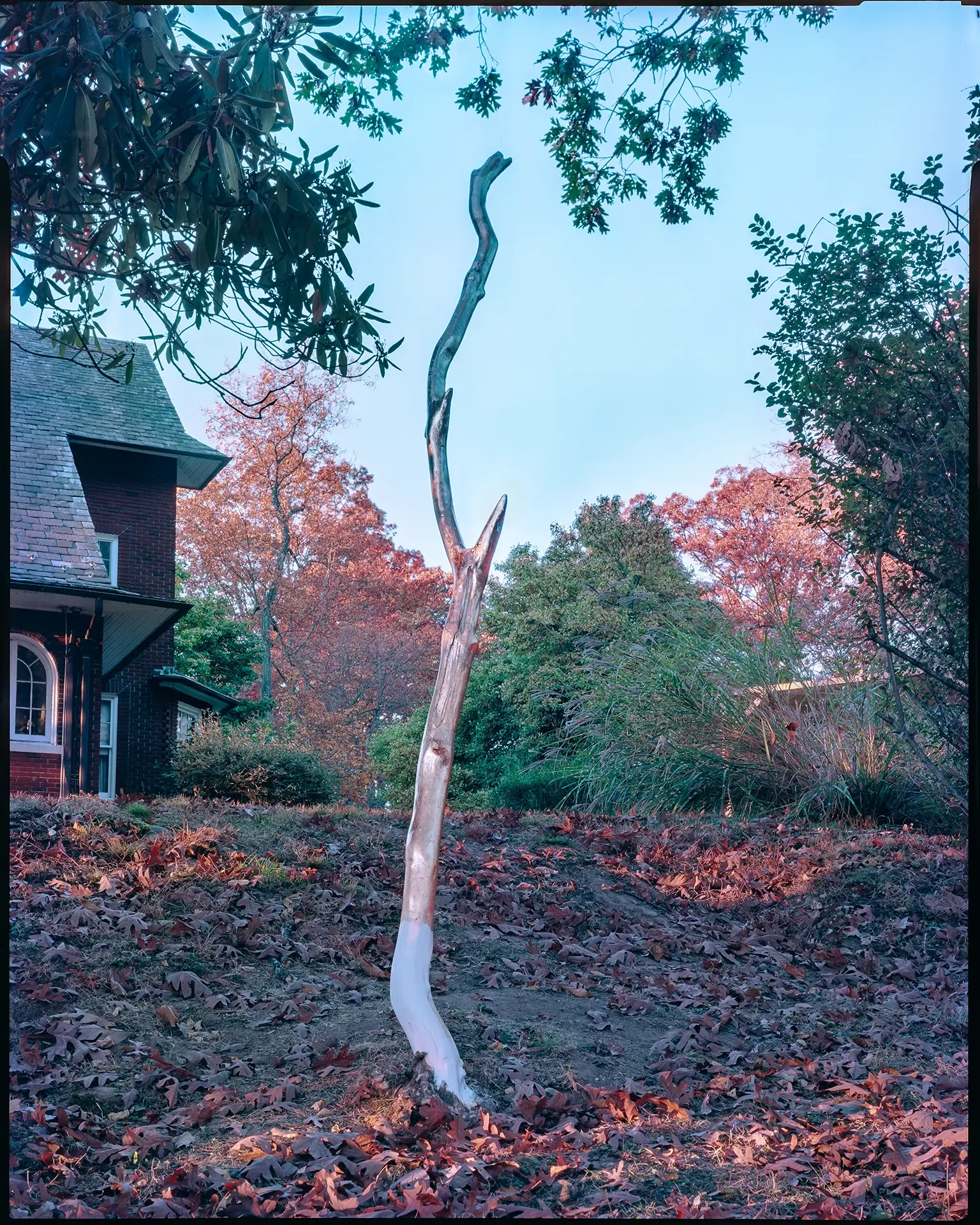
Totem Domum originates from the remnant of a dead tree, prepared and gilded with gold. Positioned at the edge of a suburban property, the work serves as a "home totem," marking a place of passage and reflection. The gilding transforms the tree into a beacon that gestures toward the wilderness while remaining deeply tied to the personal and domestic. It is both a statement of discovery and a connection to the land, suggesting a narrative of renewal and the layered histories of place. Rooted in its specific location, the piece explores the intersection of the natural and human-made, creating a space to contemplate what is found and what is made meaningful.